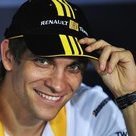Accedi per poterlo seguire
Seguaci
0

Floors and Diffusers ? The basics explained
Da
The King of Spa, in Tecnica
-
Navigazione Recente 0 utenti
Nessun utente registrato visualizza questa pagina.
